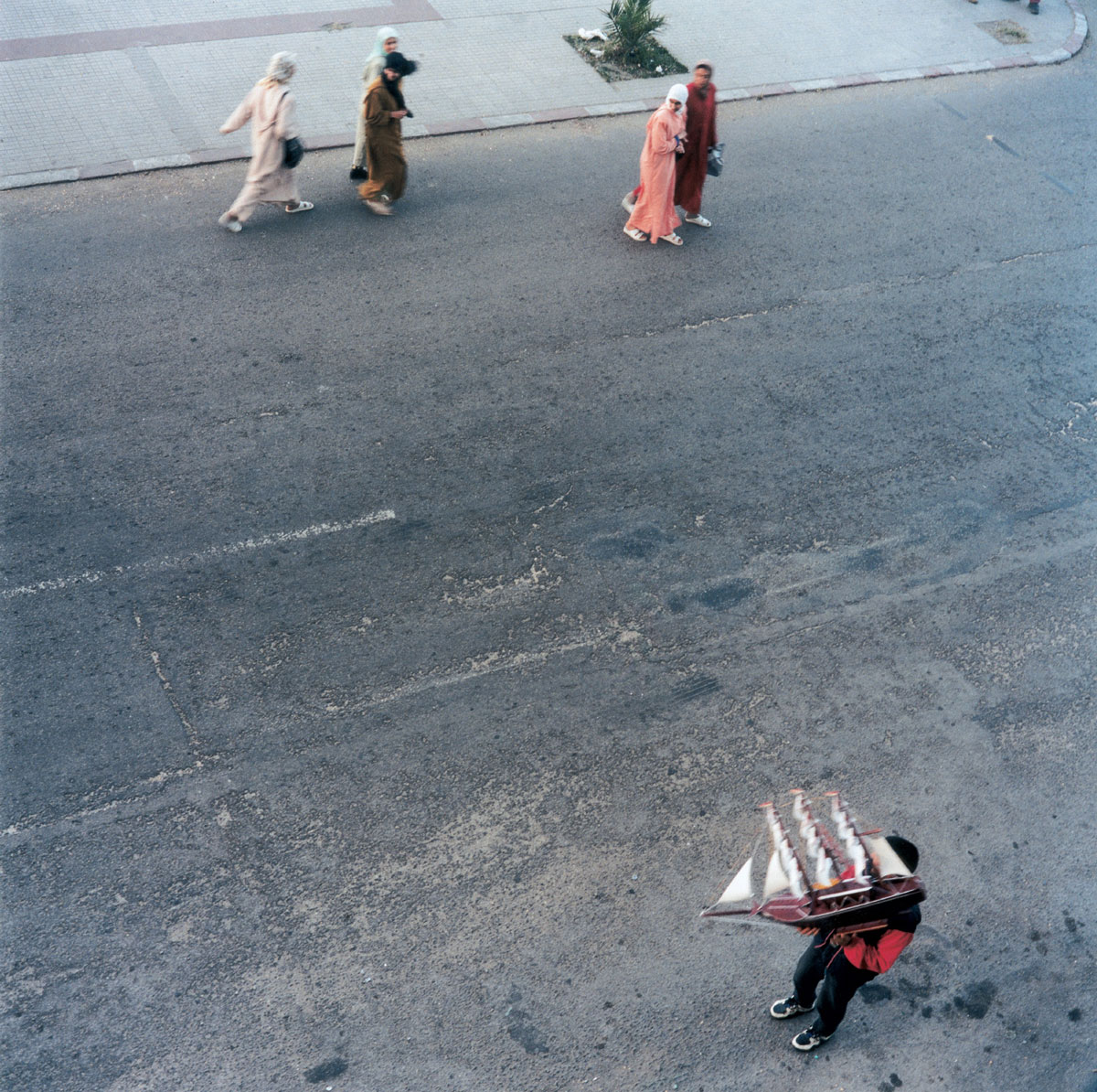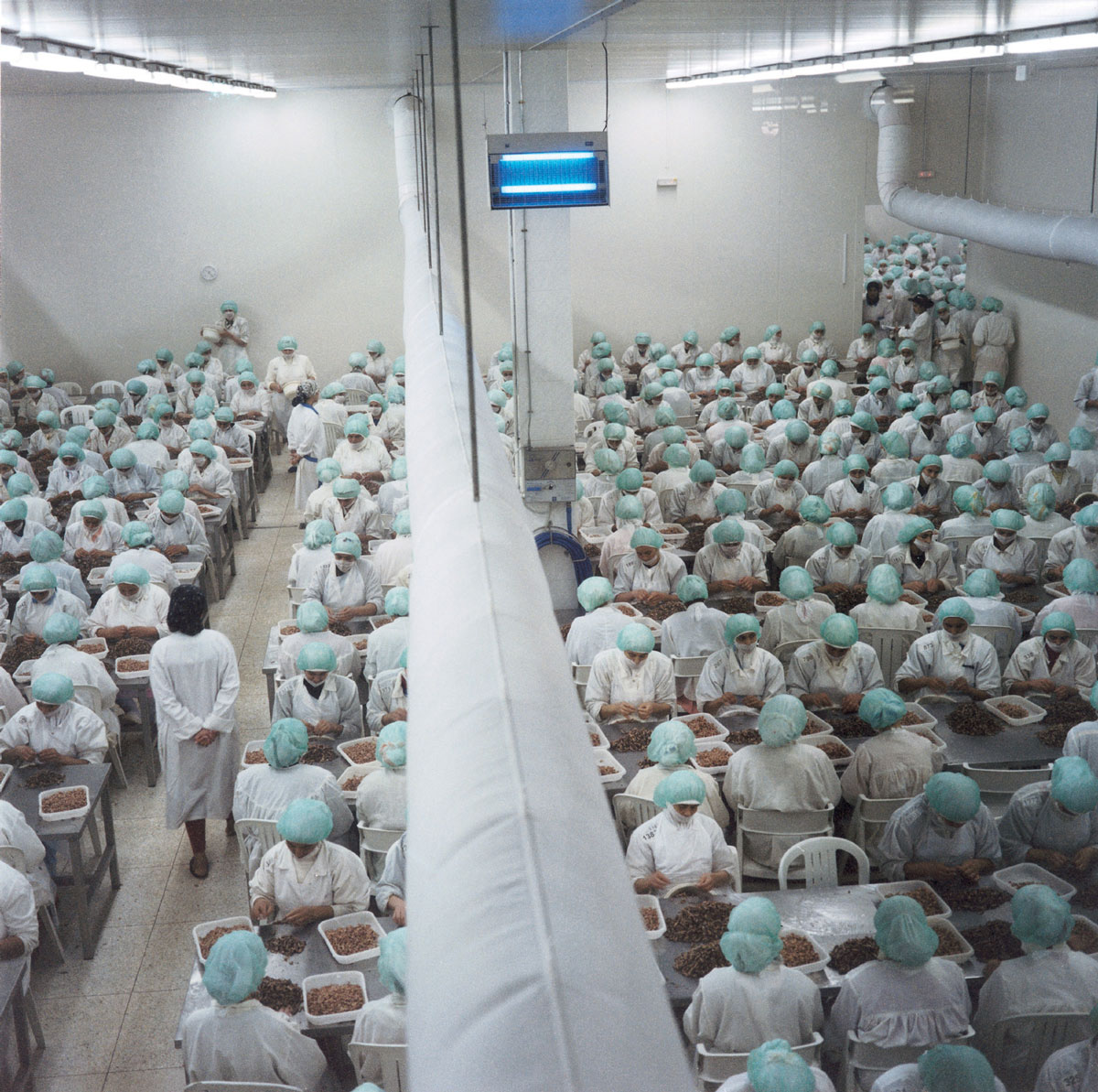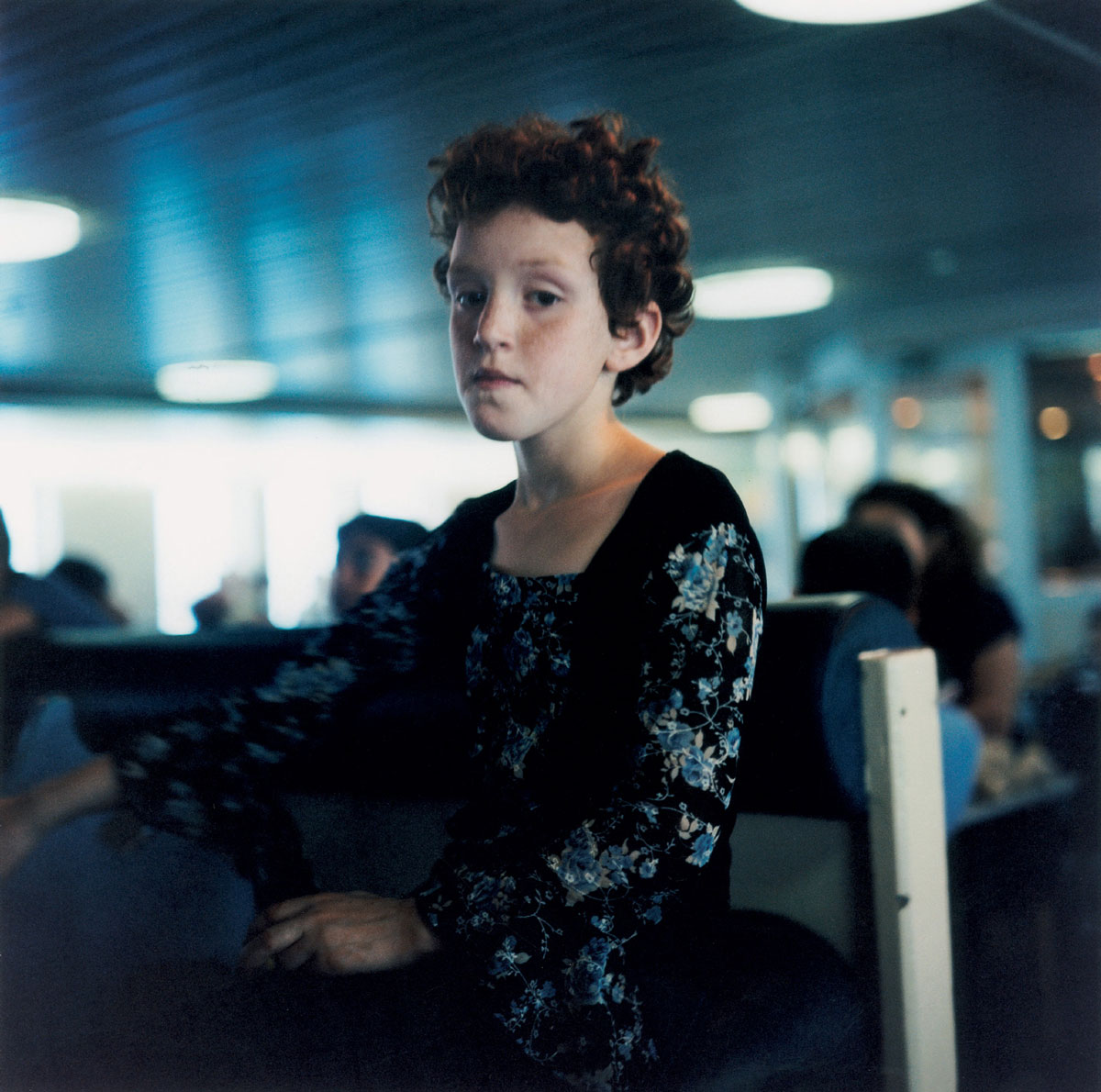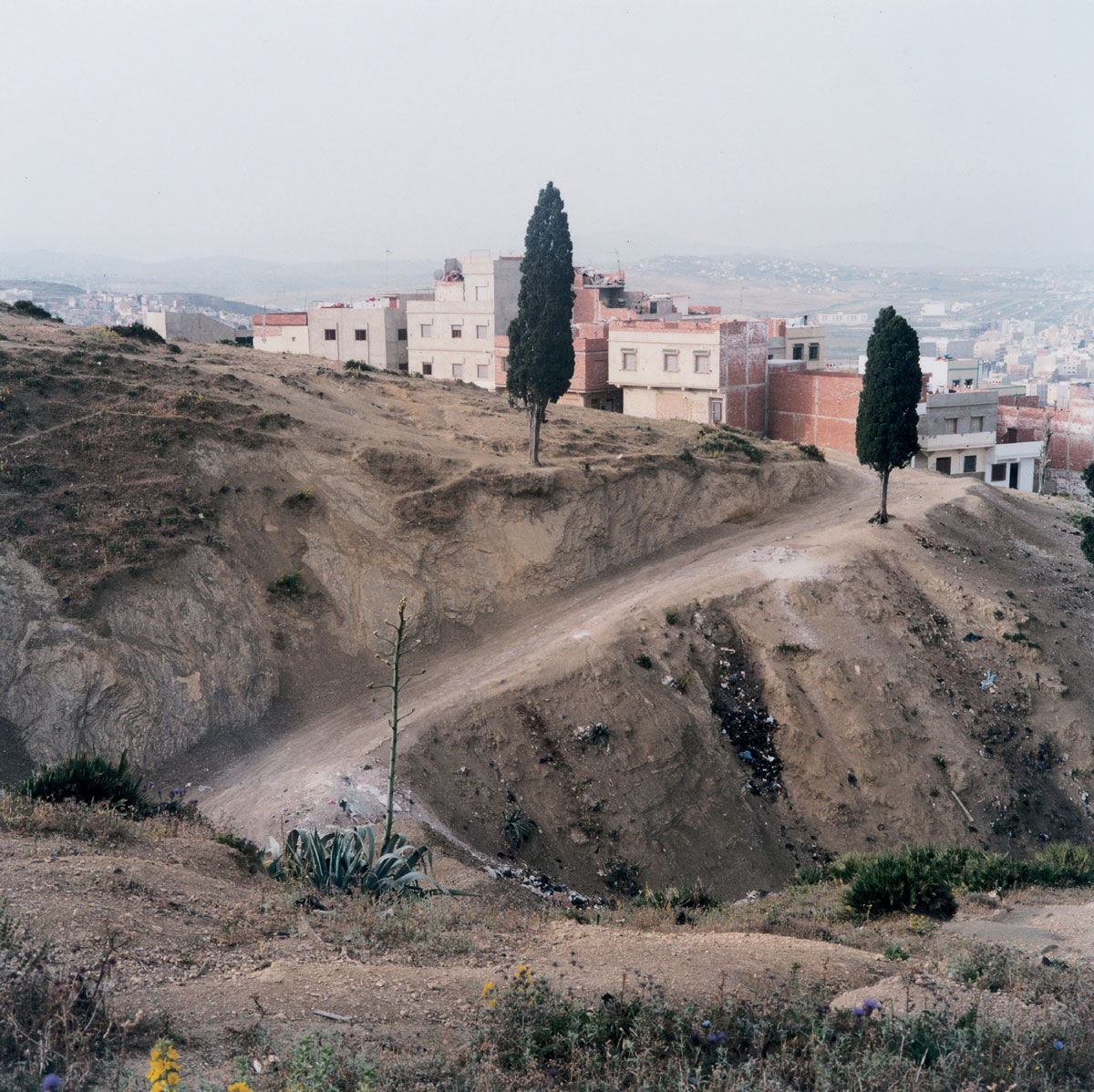Artist Project / A Life Full of Holes
The narrowness and distress of the strait
Yto Barrada
People say “it’s better to have no life at all than a life full of holes.“ But then they say: “Better an empty sack than no sack.“ I don’t know.
—A Life Full of Holes, Driss Ben Hamed Charhadi, 1964
The collapse of the colonial enterprise has left behind a complex legacy, bridging the Mediterranean and shaping how movement across the Strait of Gibraltar is managed and perceived. Before 1991, any Moroccan with a passport could travel freely to Europe. Since 15 European countries united their borders under the 1991 Schengen agreement, frontier states like Spain require Moroccans to present special visas, which are almost impossible to obtain. As a result, visiting rights have become unilateral across what is now legally a one-way strait. A generation of Moroccans has grown up facing this troubled space which manages to be at once physical, symbolic, historical, and intimately personal. The word strait, like its French—and as chance would have it, Arabic—equivalent, combines the senses of narrowness and distress palpable here.
Today, the strait is the main gateway for northbound illegal immigrants, who have their own vocabulary, legends, songs, rites, and language. For example, people no longer say, “He migrated” but “h’reg,” meaning “he burned”—burned his papers, his past, the law. Over the past decade, the Spanish coast—only nine miles away and visible from Tangier on any clear day or night— has lured some 6,000 would-be immigrants to their deaths in what has become a vast Moroccan cemetery. Yet throughout Africa, the streets are abuzz with the exploits of “the burnt ones“ or “the burners,” and Tangier has become the destination and jumping-off place of a thousand hopes.
I try to expose the metaphorical character of the strait through a series of images that reveal the tension—which restlessly animates the streets of my hometown of Tangier—between its allegorical nature and immediate, harsh reality. My work attempts in part to exorcise the unspoken violence of other people’s departures. I too left Tangier for more than ten years. By moving back, I have placed myself amidst the violence of homecoming. There are no flâneurs here, and no innocent bystanders.
The subject of my project is one that is never frankly discussed in Morocco. Yet everywhere I pursued my photographic record of northern ennui—along the “Wall of the Lazy,” in the vacant lots and housing projects, around the Port—I came to recognize this fatal drive to leave that is today inscribed in a whole people.






Yto Barrada is an artist based in Tangier and Paris. Work from her “Strait Project” (1999–2003) has been exhibited at the Fondacion Tapies, Barcelona; Witte de With, Rotterdam; the Villa Medici, Rome; and the Museum of Modern Art, New York. Barrada is a founder and director of programming of the Cinémathèque de Tanger, Morocco’s only movie theater for independent cinema and repertory programming, which will open in the spring of 2005. Her book, A Life Full of Holes, will be published in 2005 by Autograph, London.
Spotted an error? Email us at corrections at cabinetmagazine dot org.
If you’ve enjoyed the free articles that we offer on our site, please consider subscribing to our nonprofit magazine. You get twelve online issues and unlimited access to all our archives.